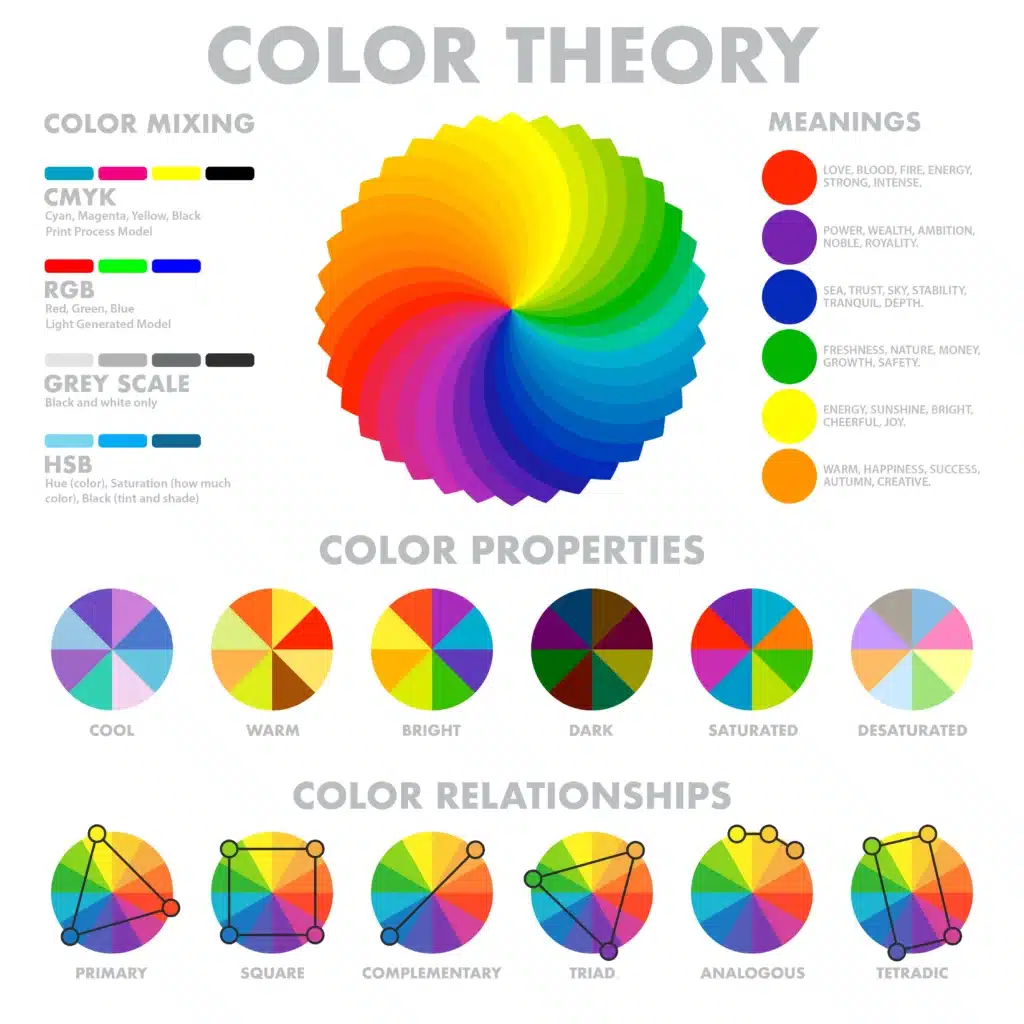Cyan, Magenta, Yellow, and Key (CMYK) (Black). Because Blue is already denoted by the letter “B” in the RGB color scheme, the letter “K” is used for Black. Red, Green, and Blue, or RGB, is a popular digital color space for screens. The color space for all print-related media is CMYK. Brochures, papers, and of course packaging are included.
Why does ‘K’ stand for Black?
Around 1440, Johann Gutenberg created the printing press; nevertheless, Jacob Christoph Le Blon created the three-color printing press. His initial color scheme was RYB (Red, Yellow, Blue), which produced the colors orange, purple/violet, and green when red and yellow were combined. All three primary hues (red, yellow, and blue) still had to be blended in order to make black. He created the four-color printing technology after adding black as a color to his press and realizing the seeming inefficiency. He was the first to use the term “Key” for black and referred to it as RYBK. This was maintained in the CMYK color model by using the same name for black.
The Purpose of CMYK
The ineffective use of the RGB color model in printing led to the development of the CMYK color model. In the RGB color paradigm, white, which is typically the most prominent color for a page including text, would require the mixing of three inks (red, green, and blue). Because paper is already a shade of white, employing the RGB scheme has been found to be inefficient given the volume of ink required to print on white surfaces.
 The CMY (Cyan, Magenta, Yellow) color system emerged as the ideal printing solution as a result. Yellow and cyan produce green, while yellow and magenta produce blue, red, and red and yellow, respectively. As was just said, all three hues would need to be mixed to get black, which is why we use the word “key.” As a result, less ink is required to print a variety of patterns and hues. As colors must be subtracted to produce different shades that eventually equal white, CMYK is regarded as a subtractive color scheme.
The CMY (Cyan, Magenta, Yellow) color system emerged as the ideal printing solution as a result. Yellow and cyan produce green, while yellow and magenta produce blue, red, and red and yellow, respectively. As was just said, all three hues would need to be mixed to get black, which is why we use the word “key.” As a result, less ink is required to print a variety of patterns and hues. As colors must be subtracted to produce different shades that eventually equal white, CMYK is regarded as a subtractive color scheme.
CMYK Applications in Packaging
Digital screens currently only reflect real-world images using RGB. When designing packaging using programs like Adobe Illustrator, it is advised to switch your design files to the CMYK color scheme as this is no longer commonly used for printing on packaging. By doing this, more precise results will be obtained from the screen to the finished product. When making branded packaging, the RGB color scheme may present hues that printers are unable to accurately match, leading to inconsistent printing. Because it uses less ink overall and produces more precise color output, the CMYK color system has grown in popularity for packaging. Utilizing the CMYK color system, custom packaging is effective for offset printing, flexo printing, and digital printing. It creates consistent brand colors for outstanding branding chances.
Custom packaging is well organized with flexo printing, offset printing, and digital printing by using the CMYK color system and makes compatible brand colors for extraordinary branding opportunities.
Are you still not sure if CMYK is a good thing for your packaging project?
Get in touch with us now and find the ideal color-matching system for your custom packaging project!










